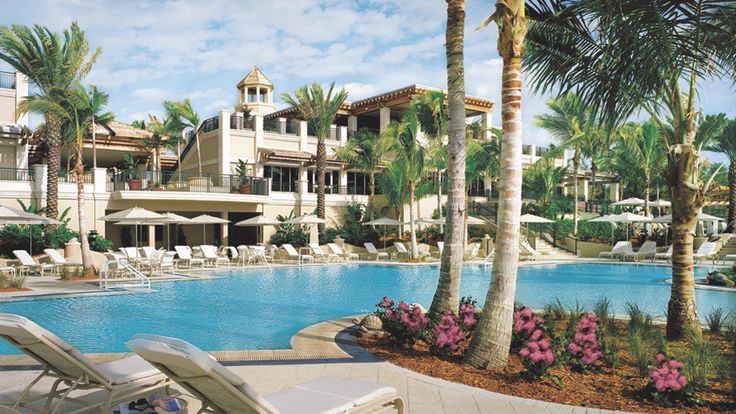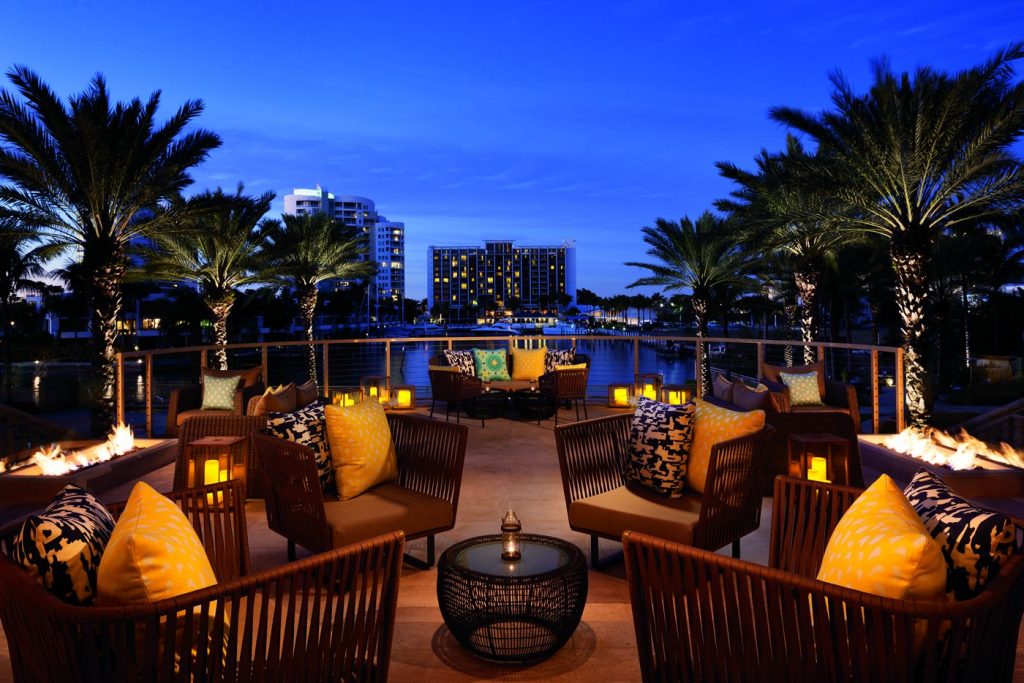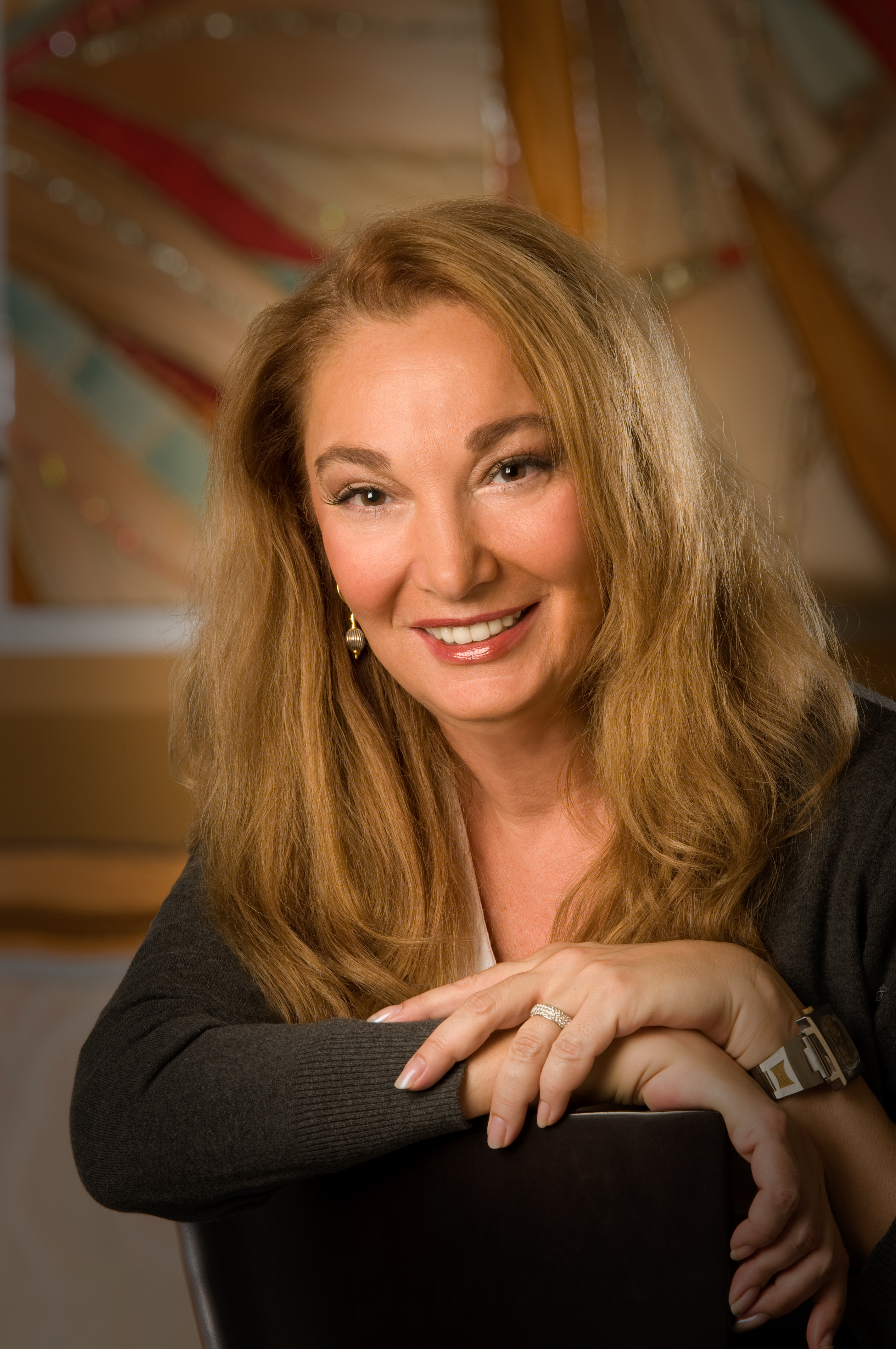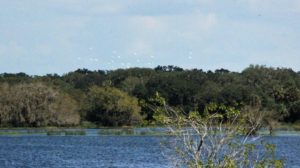 As aggressive development continues throughout the region, it has become imperative to protect our waterways, fragile ecosystems, wildlife and resources for future generations. The Conservation Foundation of the Gulf Coast has worked diligently to protect and restore the core of the 2,500-acre Tatum Sawgrass marsh.
As aggressive development continues throughout the region, it has become imperative to protect our waterways, fragile ecosystems, wildlife and resources for future generations. The Conservation Foundation of the Gulf Coast has worked diligently to protect and restore the core of the 2,500-acre Tatum Sawgrass marsh.
The plan hopes to reduce flooding downstream, increase habitat for animals such as the wood stork, deer, snook and even the endangered Florida panther, and overall, improve the health and vitality of Myakka River. Protecting Murphy Marsh is critical to maintaining the region’s water quality, as water flows off the land into the Myakka River and through the more than 40 miles of protected lands that buffer the river before it flows into Charlotte Harbor estuary.
Permanent protection of the 543-acre Murphy Marsh within Manatee County’s Myakka River watershed region was recently announced by the Conservation Foundation of the Gulf Coast. This land is in the most threatened portion of the watershed and links three Myakka River conservation areas: the 1,143-acre Triangle Ranch, the 1,213-acre Lettuce Lakes property and Conservation Foundation’s newly conserved 38-acre Tatum Sawgrass Scrub Preserve. Conserving Murphy Marsh enables the core of the 2,500-acre Tatum Sawgrass marsh to be restored. This will reduce flooding downstream, increase habitat for animals such as the wood stork, deer, and snook, and improve the health and vitality of the Myakka River. The endangered Florida panther is documented as traversing the area.
Protecting large tracts of private property like Murphy Marsh is critical to maintaining water quality as water flows off the land into the Myakka River and through the more than 40 miles of protected lands that buffer the river before it flows into the Charlotte Harbor estuary.
The U.S. Department of Agriculture’s Natural Resources Conservation Service (NRCS) provided critical funding, and will hold the perpetual conservation easement and provide additional funding for restoration. This protection success was made possible by the William G. and Marie Selby Foundation, The Gardener Foundation, the Felburn Foundation, the Myakka River Fund of the Manatee Community Foundation, the Disney Conservation Fund, Skip and Janis Swan, and the Everett W. Erdoesy & Gretha M. Erdoesy Foundation.
“This is a strategic addition to our protected lands and an outstanding example of how Conservation Foundation skillfully collaborates with federal, state, and private organizations, and people to accomplish large goals,” notes Charlie Hunsicker, Director of Manatee County Parks and Natural Resources.
The Conservation Foundation is facilitating a landscape-scale restoration plan based on comprehensive hydrologic modeling of the entire Upper Myakka River watershed. The protection of Murphy Marsh is the essential link in this restoration plan.
The U.S. Department of Agriculture’s Natural Resources Conservation Service (NRCS) provided critical funding, and will hold the perpetual conservation easement and provide additional funding for restoration. This protection success was made possible by the William G. and Marie Selby Foundation, The Gardener Foundation, the Felburn Foundation, the Myakka River Fund of the Manatee Community Foundation, the Disney Conservation Fund, Skip and Janis Swan, and the Everett W. Erdoesy & Gretha M. Erdoesy Foundation.
Scene Magazine – SRQ July 24, 2019
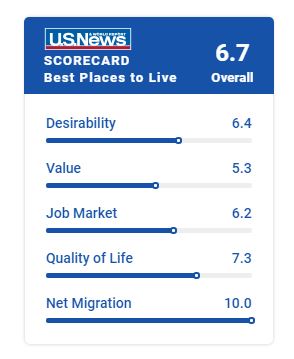
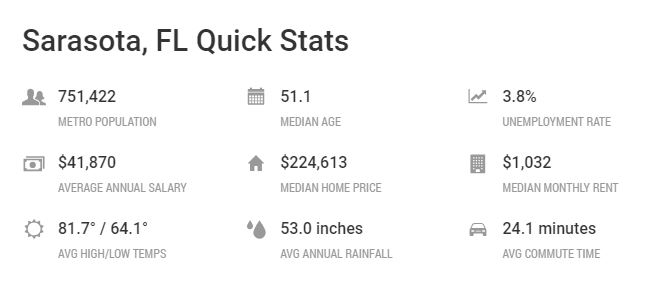
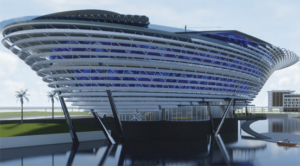 It’s a “rebirth” of Mote Marine Laboratories: a new aquarium near Interstate 75 that would be more than twice as large as Mote’s current facility, and, Mote leaders hope, leave visitors feeling either “warmly embraced or smacked in the face with science.”
It’s a “rebirth” of Mote Marine Laboratories: a new aquarium near Interstate 75 that would be more than twice as large as Mote’s current facility, and, Mote leaders hope, leave visitors feeling either “warmly embraced or smacked in the face with science.”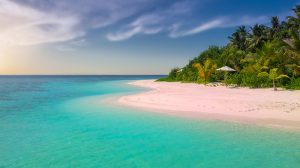 Swaying palms, swaying hammocks, miles of white sand, calm azure waters and the warm Gulf breezes of Island Life. The escape you’re yearning for in our “tech-focused” plugged-in and over-scheduled culture and you never have to leave the country.
Swaying palms, swaying hammocks, miles of white sand, calm azure waters and the warm Gulf breezes of Island Life. The escape you’re yearning for in our “tech-focused” plugged-in and over-scheduled culture and you never have to leave the country.
 Washington is often referred to disparagingly as a circus, but for at least a couple of weeks this summer, it actually will be true. Circus Sarasota is setting up its big top on the National Mall where the 50th Smithsonian Folklife Festival celebrates the world of circus in all its forms.
Washington is often referred to disparagingly as a circus, but for at least a couple of weeks this summer, it actually will be true. Circus Sarasota is setting up its big top on the National Mall where the 50th Smithsonian Folklife Festival celebrates the world of circus in all its forms.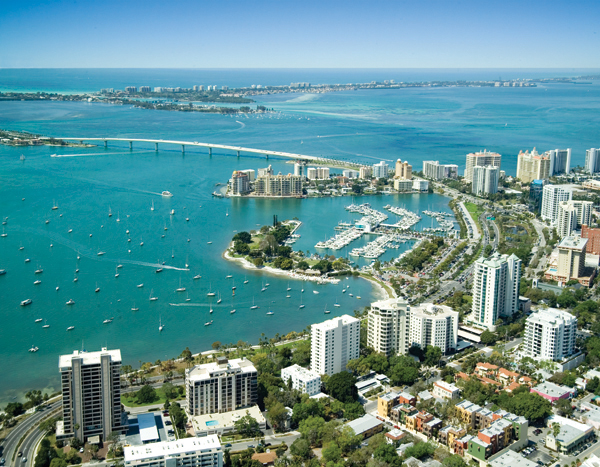 Sarasota is the best place in Florida to call home.
Sarasota is the best place in Florida to call home.